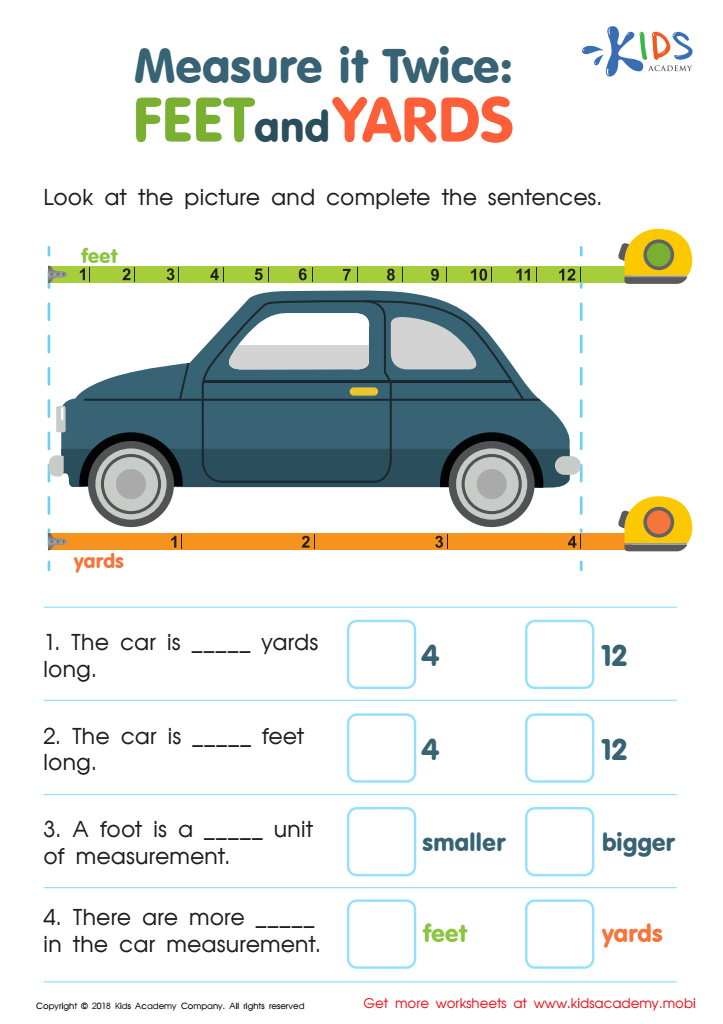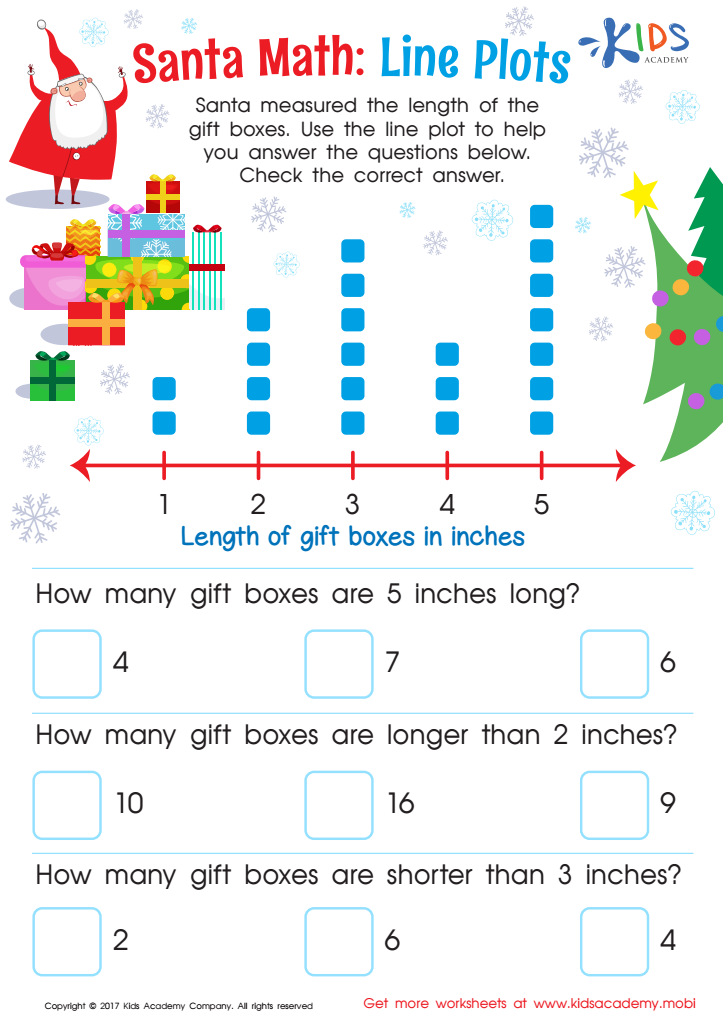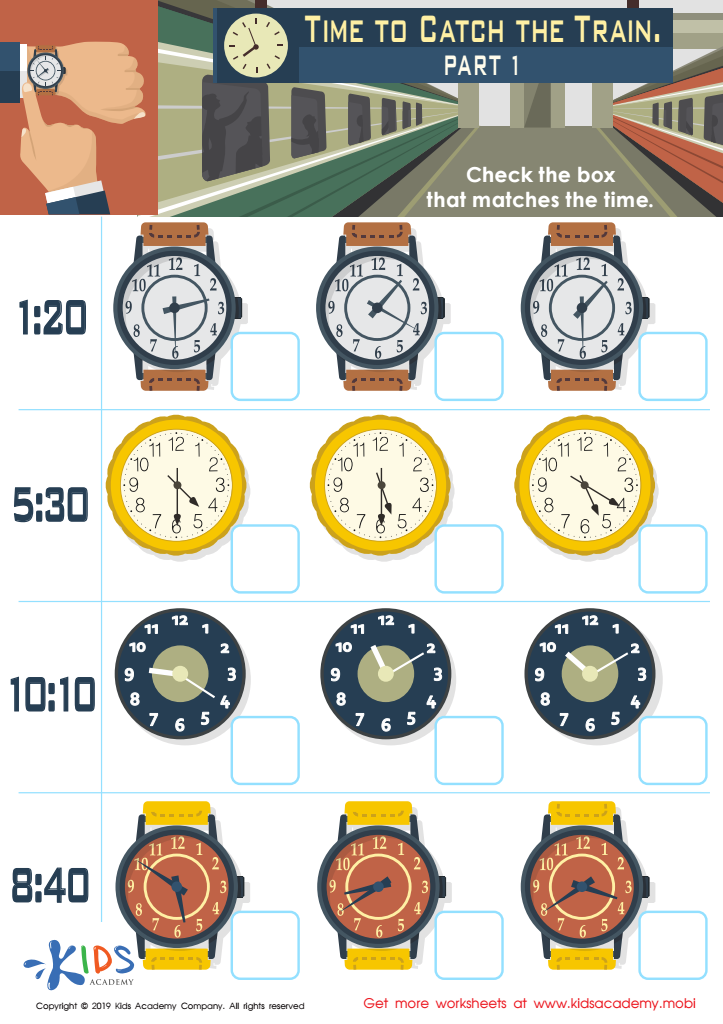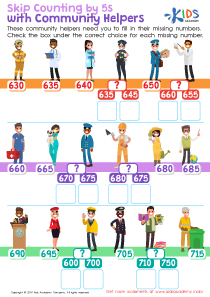Problem-Solving Skills Normal Grade 2 Measurement Worksheets
4 filtered results
-
From - To
Enhance your second grader's learning experience with our Problem-Solving Skills Measurement Worksheets! Specifically designed for Grade 2, these worksheets focus on developing critical thinking and analytical skills through engaging measurement-related problems. Each worksheet encourages students to explore different strategies for solving real-world problems involving lengths, weights, and capacities. Our resources foster independence and confidence, making math both enjoyable and accessible. Ideal for classroom use or homework, these worksheets provide clear instructions and fun visuals that capture young minds. Equip your child with essential problem-solving skills that will serve them well throughout their educational journey. Start building a strong math foundation today!


Measure It Twice: Feet and Yards Worksheet


Line Plot Worksheet


Time to Catch the Train Part 1 Worksheet


Time to Catch the Train Part 2 Worksheet
Problem-solving skills are crucial for second graders, particularly in areas of measurement, as they lay the foundation for mathematical understanding and critical thinking. At this stage, students delve into measuring lengths, weights, and time, which fosters both cognitive and practical skills. Parents and teachers play a pivotal role in nurturing these abilities.
Firstly, developing measurement problem-solving skills enhances a child's confidence in math, a subject often perceived as daunting. When children learn to approach problems systematically—estimating, measuring, and verifying—they gain a sense of accomplishment that can lead to a positive attitude toward mathematics and learning in general.
Moreover, problem-solving cultivates creativity and reasoning. As children encounter real-world scenarios, they learn to apply mathematical concepts intuitively, reinforcing the links between abstract numbers and their practical applications. This skill is essential not only in academics but in daily life, as it enables children to navigate everyday situations, such as cooking or budgeting.
Furthermore, fostering these skills promotes collaboration. Students frequently work in groups, sharing strategies and ideas, which enhances social skills and teamwork. Ultimately, equipping children with measurement problem-solving skills empowers them to tackle future challenges confidently, making it a priority for both parents and educators.
 Assign to My Students
Assign to My Students












